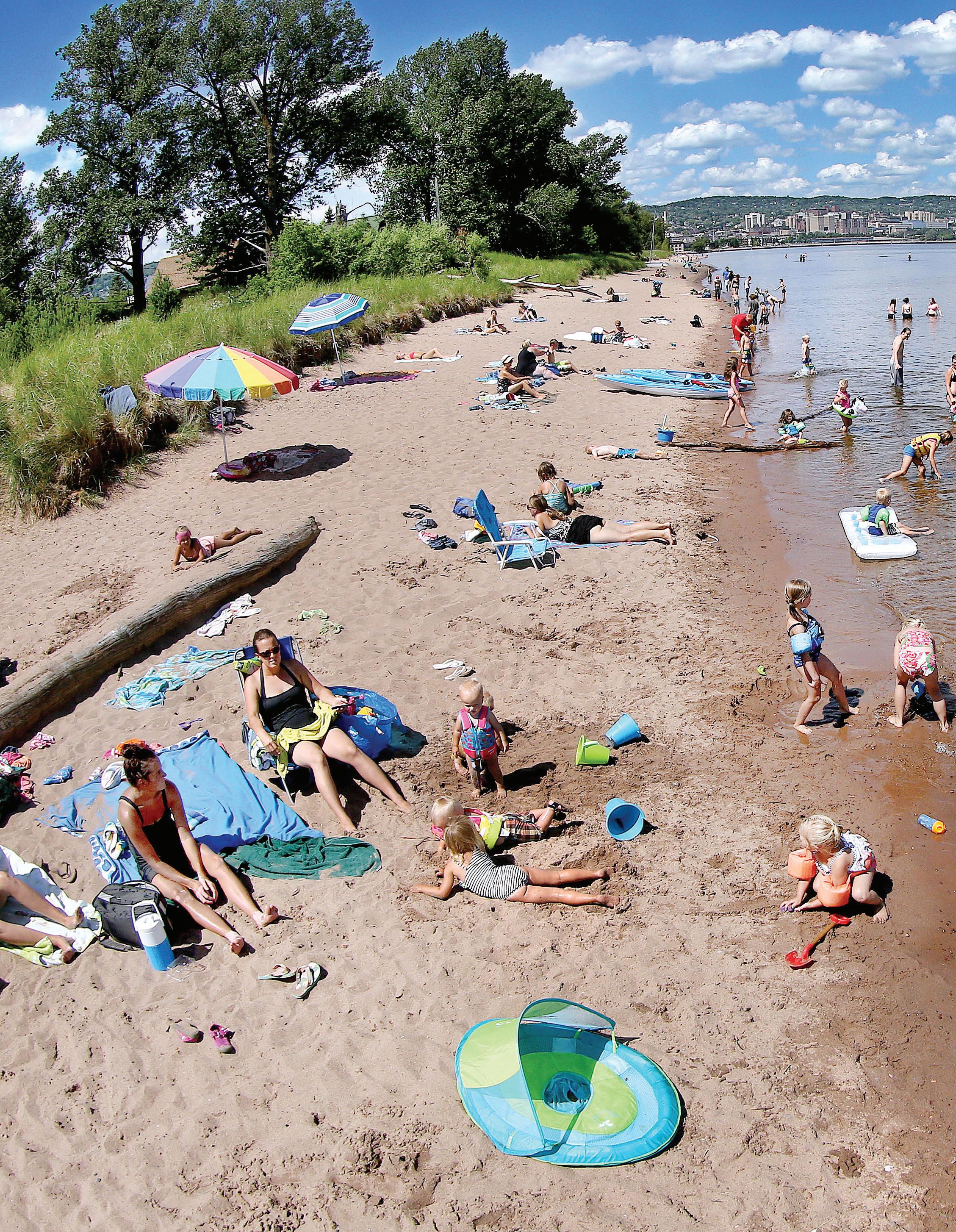
3 minute read
LIVING LIFE ON THE POINT
Active Community Club Takes On Issues Big And Small
By Andrea Busche
With seven miles of sand protruding from Canal Park, Minnesota Point is the world’s longest freshwater sandbar. Featuring plenty of parks, public beach areas and trails, the neighborhood known as Park Point is a nature-lover’s paradise.
It is also home to about 1,300 Duluthians. Residents of Park Point are privy to spectacular sunrises and sunsets, and can bear witness to Lake Superior in all its glory. They also have a primo spot for catching those spectacular Fourth of July fireworks.
But life isn’t always a beach on Park Point; there is also plenty of work to be done. The Park Point Community Club, with 218 active members, has tasked itself with protecting “The Point.” Addressing everything from environmental stewardship to organizing the annual community rummage sale, this grassroots organization is passionate about protecting — and promoting — this beloved neighborhood, one issue at a time.
Located at 3026 Minnesota Ave., Lafayette Square is the heart of Park Point. This public square has a lot to offer: an edible garden, a bicycle maintenance station, a public playground, the Lafayette Community Center, and two new, gender-neutral public restrooms.

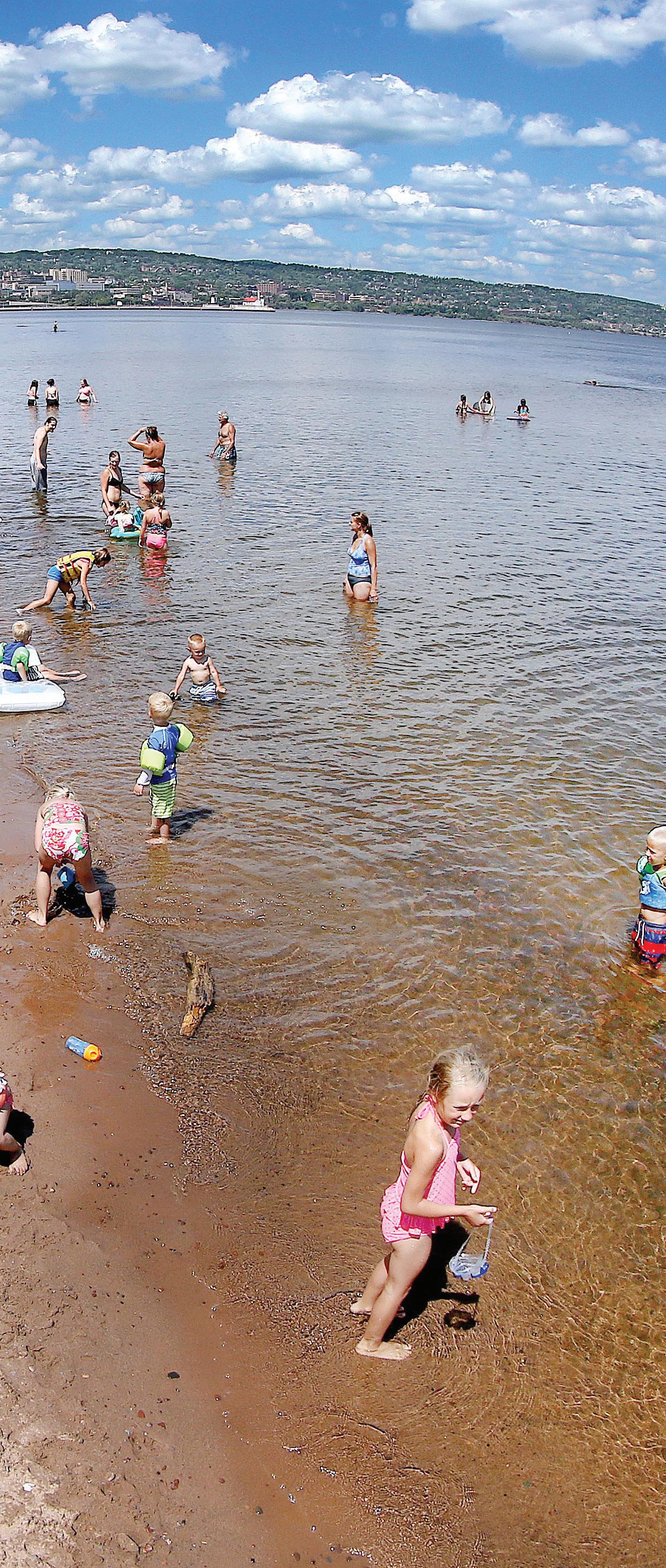
Over the years, the Community Center has served as a school, a senior center, and even as home to the “Good Dog Club.”
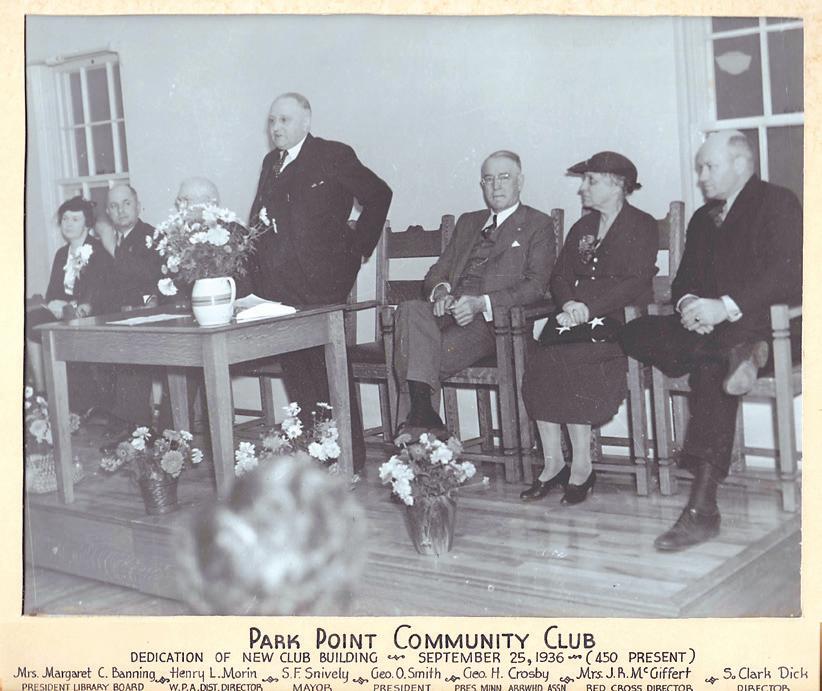
Today, the center is the home base for the Park Point Community Club, the Summer Youth Program, and serves as a polling place for Park Point residents. It also can be rented for weddings and parties.
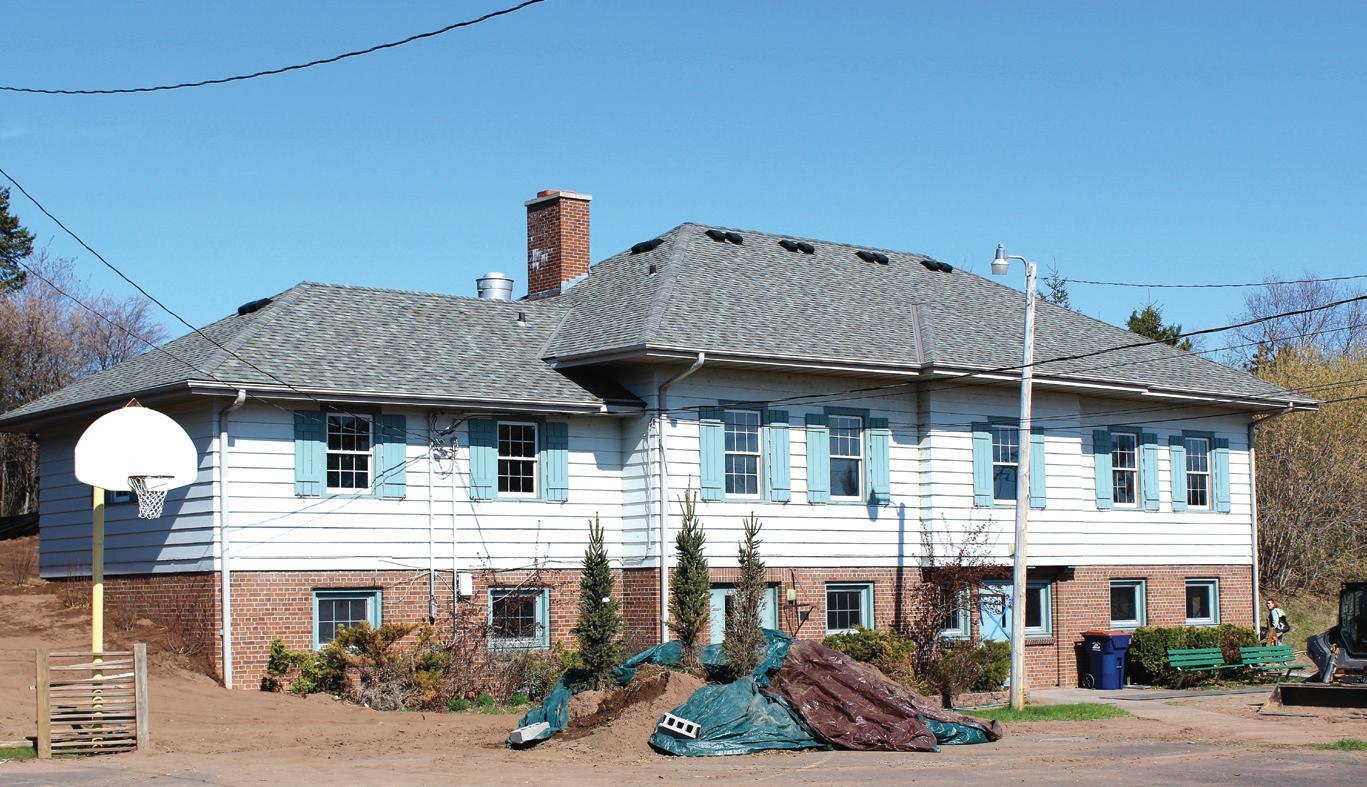
The club, with an all-local membership, has been around since the 1930s. Featuring a mission statement, bylaws and its own neighborhood newsletter, The Breeze, it’s a well-oiled machine.
Club President Dawn Buck said that while a few other Duluth neighborhoods have community clubs, Park Point’s is arguably the most active and well-organized.
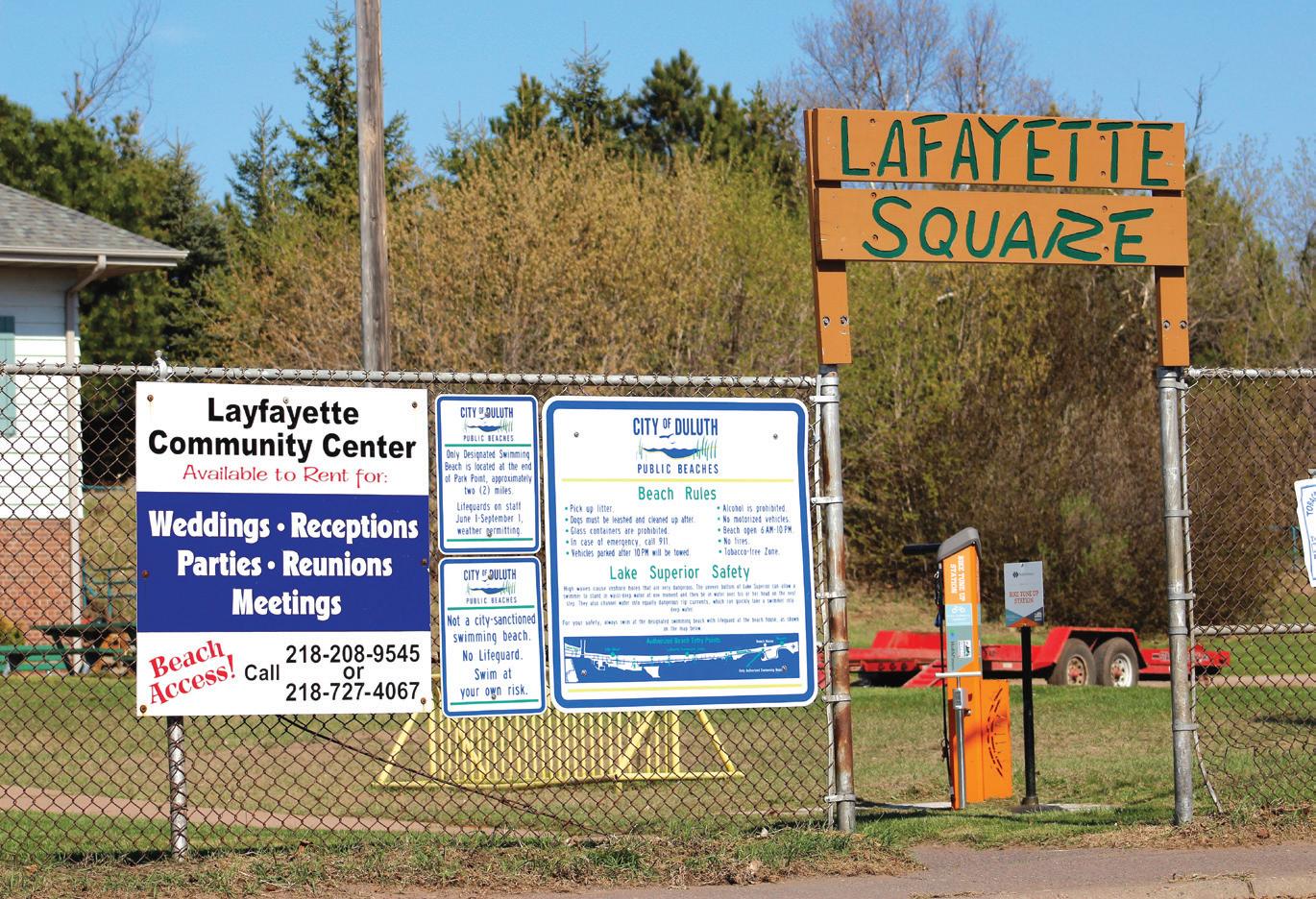
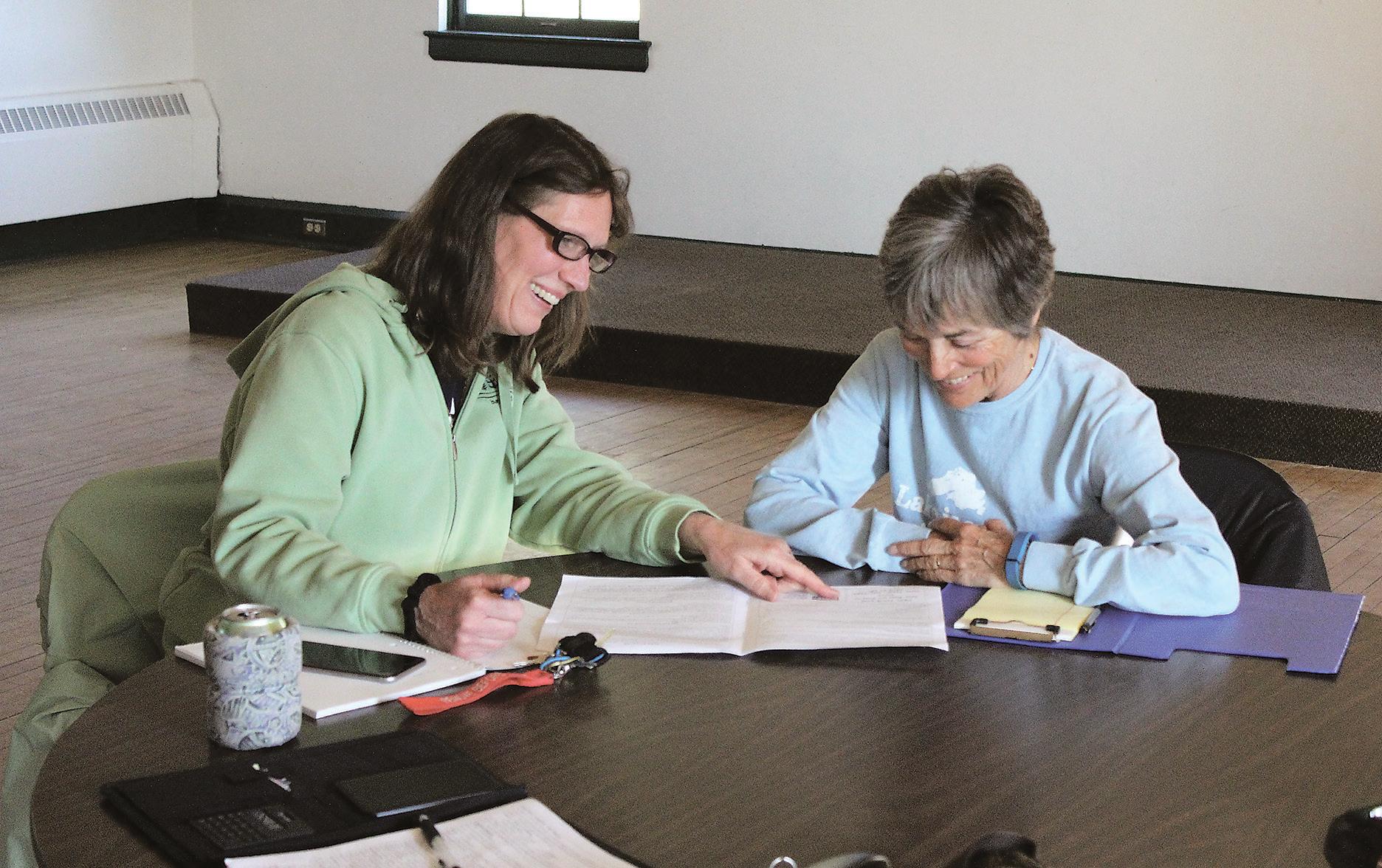
“People who live here are truly passionate about the sense of community,” Buck said. “We have many members who are environmentalists, and many safety personnel, too.”
Club activities are meticulously recorded in The Breeze, which volunteers distribute door-to-door, so that even nonmembers are kept informed about club and neighborhood news and activities. There is also an optional email list.
The Park Point Community Club is responsible for organizing several well-known neighborhood events, including the annual rummage sale and the art fair, which is a fundraiser for the Summer Youth Program, a nine-week summer camp for children.
Club members also coordinate an annual pine tree planting and guest speakers. A recent meeting included a representative from the city assessor’s office who was there to discuss property taxes.
“The Park Point Community Club is a good line of contact for issues affecting Park Point residents,” Buck said.
Buck said the completion of two new public restrooms, directly behind the community center, is a huge accomplishment — not only for the club, but for the neighborhood.
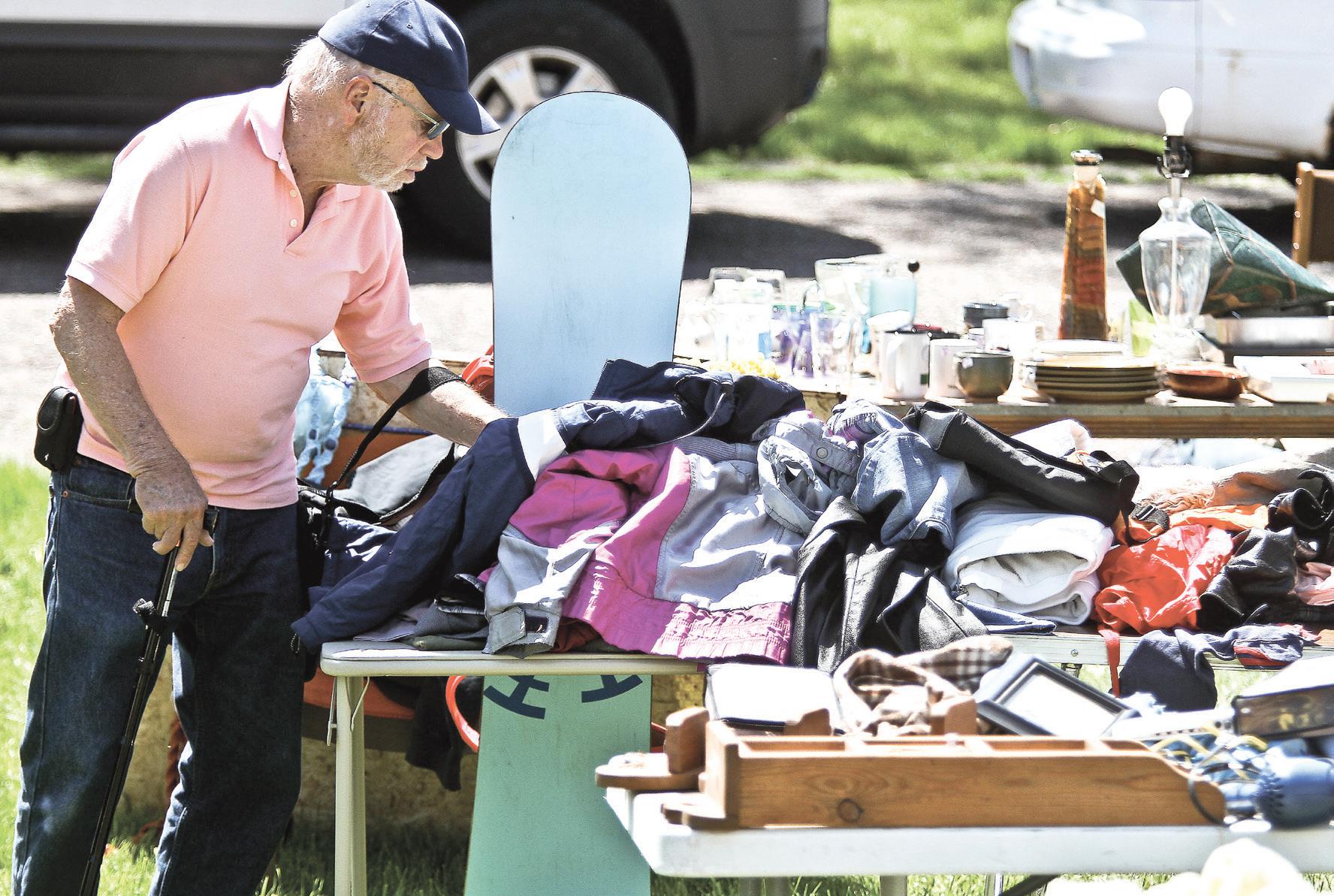
The club also has more serious issues to contend with. There is a sub-committee specifically tasked with rip current and riptide awareness, and plenty of attention is paid to beach safety for residents and tourists alike. When two Duluth visitors drowned a few years ago, the club raised money to donate to the victims’ family.
Club members discuss things such as poison ivy awareness and eradication, the erosion of Park Point’s sand dunes, and issues with water leaking into residents’ basements.
Pam Griggs is chairwoman of the Park Point Community Club’s Sunshine Committee. She said it’s important to remind residents of the unique issues affecting residents, primarily in the summer.
“We don’t have any grocery shops or gas stations, so, primarily in June, residents should remember to get their groceries before the weekend,” Griggs said.

She also referenced the term so popular among point residents, which turns the noun “bridge” into a verb. This happens when travelers are hoping to cross Duluth’s iconic Aerial Lift Bridge only to find it raised up to let a ship pass — a wait that can be 20 minutes.
“Always bring along something to do in case you get ‘bridged.’ I guess these are the problems of living in paradise,” she said.
Forty-five percent of Park Point is comprised of parkland, but the foot bike traffic is the same as the Lakewalk, Buck said. “As residents, I feel we are the stewards of the land,” she said. “It is both a privilege and a lifelong dream of mine to live on Park Point, and I feel so fortunate to be here.”










